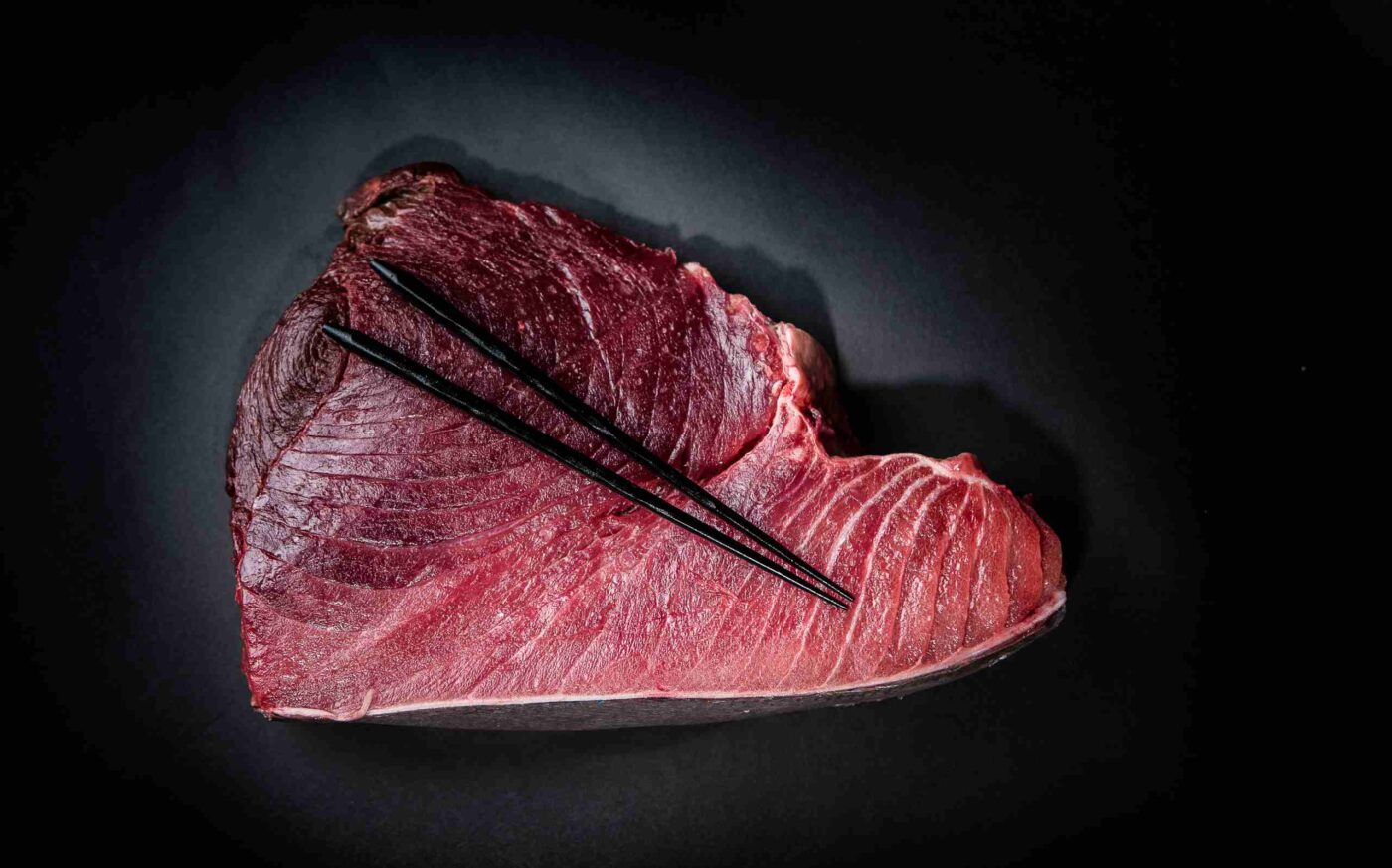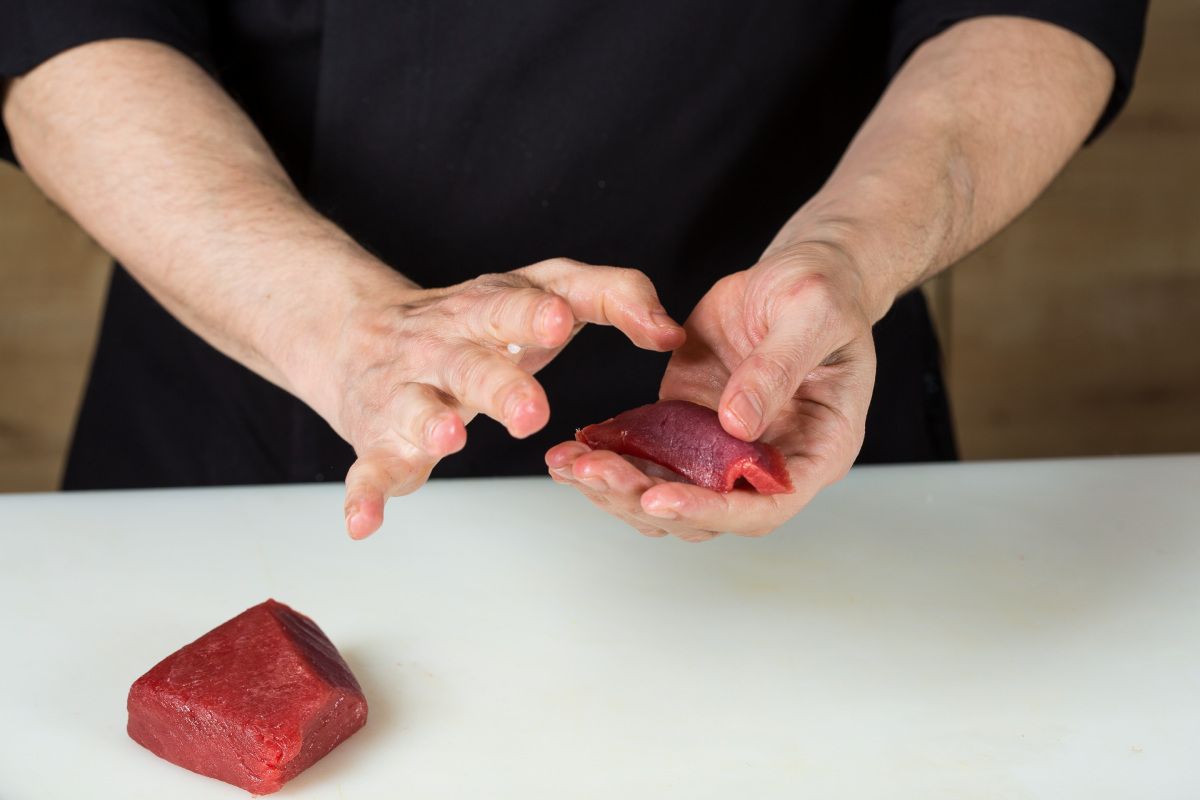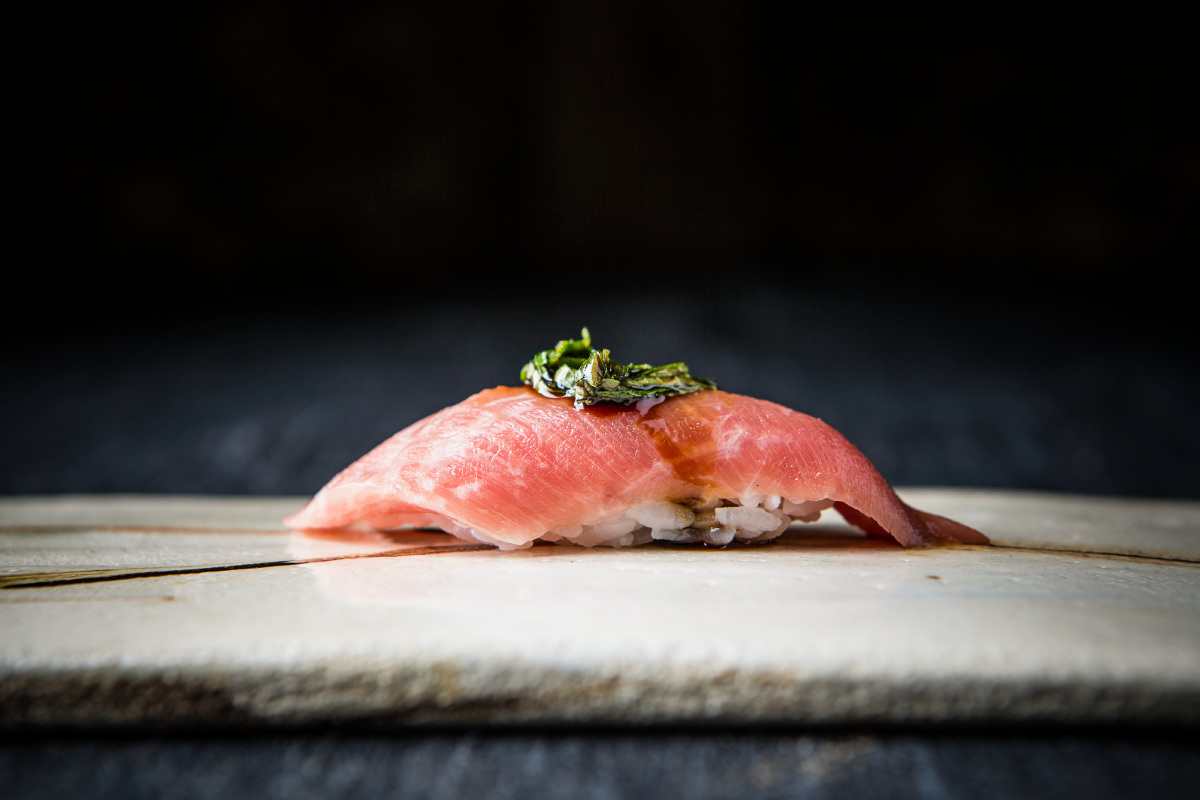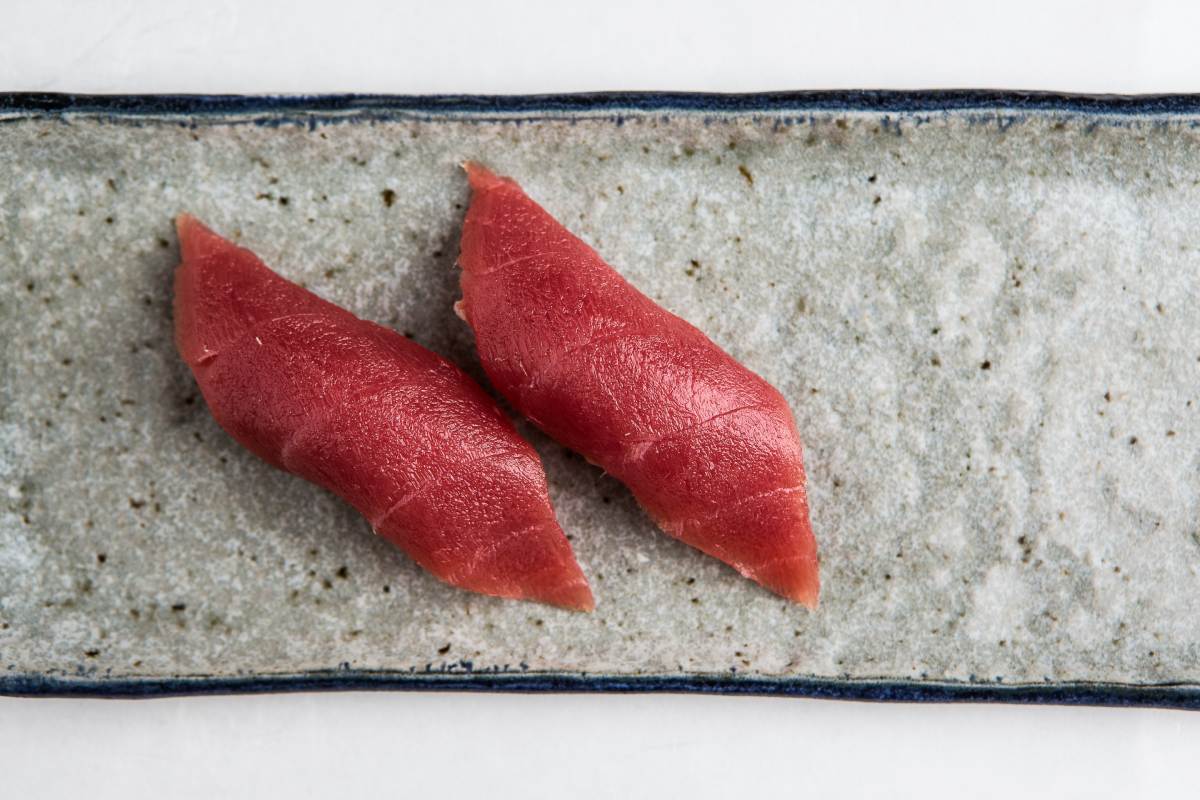When did bluefin tuna become the king of sushi?
Summary:

A logbook by Sensei Hiroshi Umi.
Let’s turn our thoughts to an awful, apocalyptic dystopia. Imagine a world without tuna. No toro nigiri. No akami sashimi. No fiery tartar or mild tataki coated in sesame. I’m not talking about it running out or becoming extinct as a species, but a planet where our titan of the seas is unloved, suffering rejection, disregard. Well, for decades it did experience that emptiness of rejection, emigrated, and was caught.
It all changed at the dawn of the 1920s, a little more than a century ago, and above all after World War II. Because today our beloved bluefin unquestionably rules the sushi roost, streets ahead of any other catch, nothing more than foot soldiers in the world of raw fish. Japanese cuisine would be bereft without its imposing presence. Imagine a Basque barbecue without T-bone steak. We would never have fully experienced what umami means, through our tastebuds and our grey matter alike.

The dark past of bluefin tuna
Here we explain how it first made its mark, because bluefin tuna did not claim the crown easily, or overnight. History tells us that none of my fellow countrymen viewed it as a particularly tasty morsel. Quite the opposite. In the early days of the Edo period – the era when Japanese gastronomy first flourished– it was known as gezakana, meaning poor quality, inferior fish. Our prized tuna was left to the lowest echelons of society: those workers on the most pitiful of wages, on the very brink of poverty. They were untroubled by its metallic, iron-like taste, the result of fermentation, incipient putrefaction and extreme yake.
In the 19th century it was sold by street hawkers for a shockingly low price. Bargain basement fuel to keep body and soul together. Many would bury it for four days, to completely ferment the acidified red meat, and make it halfway edible. Or they would plunge it into icy water, soy, marinate it for as long as possible (zuke), to rid it of those unwanted traces. What is more, the maguro was in the past known by other names in Japanese: honmaguro, maguto, meji, yokowa, imoshii, kuroshibi and shibi. The last of these is pronounced the same as the expression for the Day of the Dead, leading many to believe that those who ate it would suffer terrible misfortune…
The resurgence of our noble tuna
Times gradually changed. Around 1830 there was a bumper tuna catch in Japan, which encouraged a number of restaurateurs to begin rehabilitating the fish, purely to make use of it (boiled or grilled, with little flavour). It should be recalled that tuna has been eaten in Japan for more than 1,000 years, according to culinary archaeologists. The problem, though, always lay in its size and transportation. It was difficult to fish on the high seas, and there was no way to keep it properly fresh on the journey back to shore. The arrival of technology –blessed refrigeration– allowed for more extensive distribution, and as people gradually grew used to coming across its wonderful red flesh in the form of sushi, they overcame their disdain. The fattier cuts of the fish were still, though, regarded as little more than junk food. The belly, reviled for its fattiness, was until recently mixed in with other fish meals to make cat food.

Once peace returned after the Second World War, the US occupation, and Japan’s fascination with Western culture, gradually saw a more global diet begin to take hold in my homeland, including red meat and fattier cuts, which paved the way for tuna and toro to become more widely accepted. Commercial aviation also helped a great deal here. During the boom of the Japanese export economy, the freight executives of many airlines promoted Atlantic bluefin tuna for sushi, to provide something to nibble on while killing time on such a long flight.
The bluefin tuna boom
In the 1960s toro began to make a name for itself among the general public, ultimately laying claim to Planet Sushi. When the Kawafuku restaurant first opened in Los Angeles in 1966, the Michelin Guide asserted that it was “the first ‘genuine’ sushi restaurant anywhere in the country”. And then the 1980s came around, and it became all the rage. The Japanese chef Jean Nakayama, from the Maneki restaurant in Los Angeles, supposedly invented spicy tuna nigiri, and the Hollywood celebs went mad for it.

Another plot twist lay around the corner at the dawn of the new millennium. A tuna caught off the port of Oma attracted a price of 180,000 euros. No one had previously taken notice of the tuna-fishing culture of this city at the northern tip of Japan, a 10-hour car drive from Tokyo, which helped popularise sushi culture. Oma tuna –black diamond, as they call it– enjoys the same reputation as Kobe beef, and typically wins the thrilling New Year Tuna Auction, to which we will shortly be returning in another post. All I will reveal for now is that in 2020 a restaurant magnate paid 180,000 euros for a 276-kilo fish from this town with a population of little over 5,000. Scarcely anyone can now recall the stinky belly meat that provided free food for the feline population…
